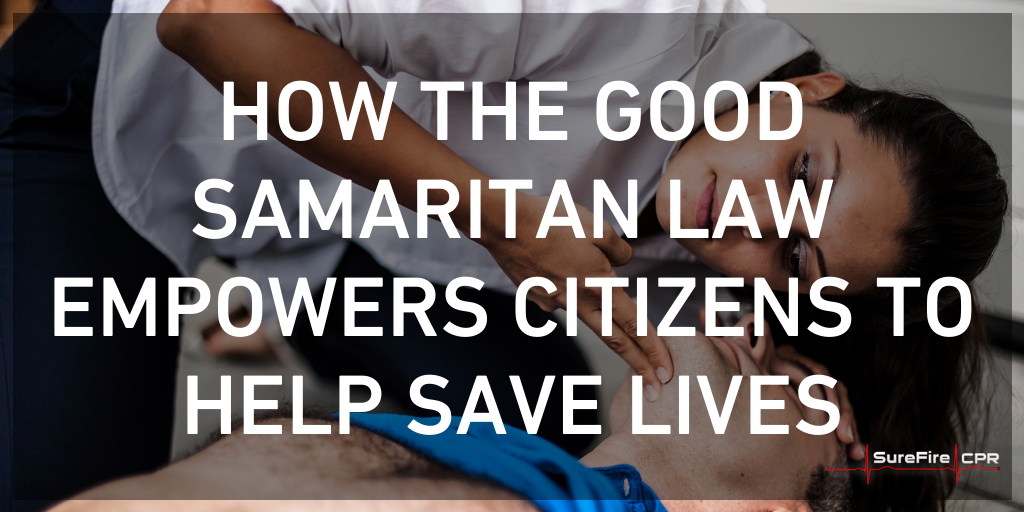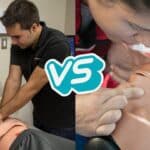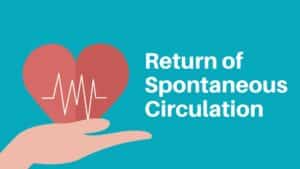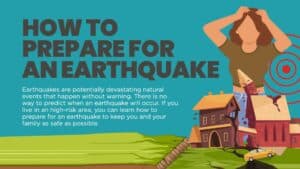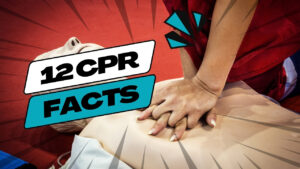Emergencies can strike anywhere, at any time. They often happen in places that can’t be reached quickly by emergency responders, but may be populated by civilian passersby just like you. In these situations, knowing how (and when) to properly administer emergency care can save a life. There is a legal precedent pertaining to civilian involvement in these instances. It’s called the Good Samaritan Law, and it’s important to know, no matter who you are.
Understanding what the Good Samaritan Law covers in your state is the first step in preparing for an emergency. After learning what your state’s Good Samaritan Law covers, you can and should take extra steps in order to prepare for potential life-threatening emergencies. In this guide, our emergency-response experts at Surefire CPR of Southern California cover all of these steps. Learn more about the California Good Samaritan Law and how you can prepare yourself to provide aid in the event of an emergency, and enroll in our award-winning emergency certification courses to become an empowered citizen today.
A History of California’s Good Samaritan Law and How it’s Changed in the Past 12 Years.
In the early 2000s, California’s Good Samaritan Law was one of the most Good-Samaritan-friendly of any of the Good Samaritan laws in the country. In essence, it protected citizens who help save lives. It stipulated that if you tried in good faith to help a victim at a trauma scene, then you would be protected by the law as well as protected from civil lawsuits from victims if anything went wrong. Then, in 2004, a new precedent was set. The new Good Samaritan Law read as follows:
No person who in good faith, and not for compensation, renders emergency medical or
nonmedical care or assistance at the scene of an emergency shall be liable for civil
damages resulting from any act or omission other than an act or omission constituting
gross negligence or willful or wanton misconduct. (Amended California Good Samaritan Amended Statute 1799.201).
Though it has caused concern among many who support Good Samaritan acts, this amendment does not stop citizens just like you from acting in the event of an emergency. It is just meant to protect both victims and persons acting in good faith, and only allows for civil suits in instances of gross negligence or major misconduct. So in an emergency, be smart, be calm, do what’s in your power to do. If you don’t have training in a particular area, there are other ways that you can help. Call 911, calm and reassure the patient, and attempt to flag down others who may have training and be able to provide aid. The best way to be prepared for these types of situations is to earn your certification in Basic First Aid and CPR and move forward as an empowered citizen under the protection of the Good Samaritan Law.
What You Can do to be the Best Good Samaritan Possible
Carry a first aid kit with you when you travel.
You may think that a first aid kit is just a container for bandages and rubbing alcohol, but today’s top first aid kits are so much more. You can purchase a basic first aid kit online for 10 – 20 dollars, which will give you a long list of essentials. If you want to get something with a little more weight and extras, The American Red Cross sells a deluxe first aid kit for 35 dollars. So, the next time you are doing some online shopping, think of putting a couple of first aid kits into your online shopping cart.
Wondering what’s inside a first aid kit? Basic first aid kits aren’t going to have the trauma sheers or large amounts of gauze that a larger kit has, but basic first aid kits always have gloves and (more often than not) an airway protecting mask that will prevent mouth-to-mouth contact between a CPR giver and a victim. It’s important to keep yourself as safe as possible by protecting yourself from blood or saliva transmitted pathogens.
Enroll in emergency-response classes and earn your certification.
Even the best first aid kit is useless without the skills needed to administer aid. Looking back at the wording of the amended section of California’s Good Samaritan Law, we see that Good Samaritans are covered for any action “other than an act or omission constituting gross negligence or willful or wanton misconduct.” The best way to eliminate any chances of negligence or misconduct is to know what you’re doing. The best way to know what you’re doing is to get certified.
Complete emergency-response courses to earn certifications and learn vital skills like how to properly perform CPR, stabilize a neck when moving a victim with a potential spine injury from a dangerous scene, administer a tee-shirt tourniquet, or any of the other life-saving tactics that might be needed at a trauma scene. Here are some of the most popular and important certification courses for empowered citizens.
- CPR. CPR (or cardiopulmonary resuscitation) is a life-saving process that combines chest compressions with mouth-to-mouth ventilation to restore blood circulation and normal breathing in order to preserve brain function for an individual in cardiac arrest. Created by the American Heart Association, CPR courses are among the most common life-saving courses taken today. Courses typically take several hours to complete, and enrollment fees are very affordable. CPR certifications last for two years.
- Basic First Aid. Basic First Aid is a crash course in many of the most common first aid situations that arise in normal life. It runs from basics, like how to clean out a small cut, to more advanced things, like how to treat trauma, address allergic reactions, administer aid for heat and cold emergencies, and more.
Join the Many Citizens Who Help Save Lives: Get Certified With Our Team at SureFire CPR
Want to sign up for these critical courses? Interested in learning more about the Good Samaritan Law? Our team at SureFire CPR is here to help. CPR may be in our name, but we offer also offer Basic First Aid and many other excellent certifications in addition to our CPR certification courses. If you live in Southern California, we offer in-person group classes and on-site training at affordable rates near you. Our award-winning team also offers online certification courses to help you renew your certification and keep your skills sharp. Follow the links above to learn more, and contact us to speak with an experienced member of our team. We’re happy to answer any questions you might have and get you enrolled in any one of our courses.
Sources
How California Redefined Good Samaritan Laws. Brouhard, Rod EMT-P. Verywell Health. June 2019.

